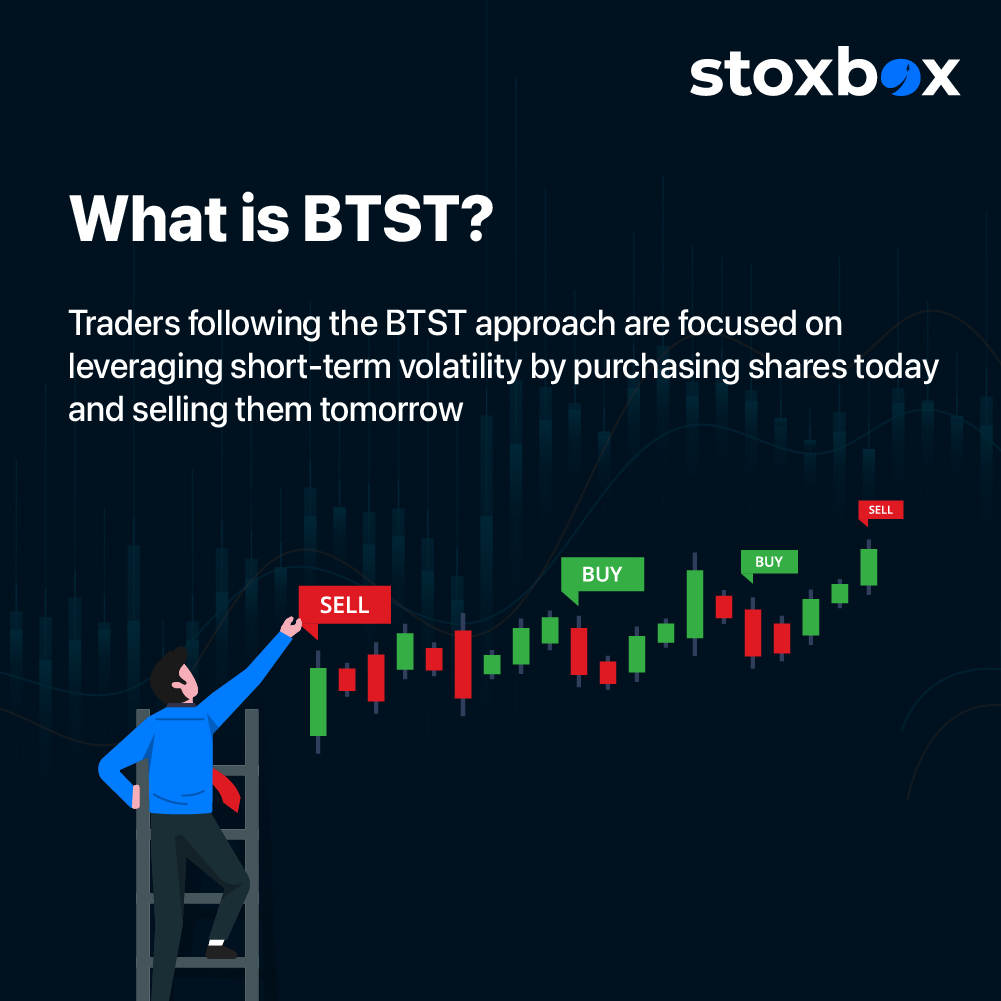Ever wondered what’s really going on when people talk about stock trading? It’s like a giant marketplace where companies’ shares are up for grabs. This bustling hub is the stock market, where folks come together to buy, sell these shares, and practice trading. Now, why does a stock have its price?

Well, that’s where things get interesting. It’s a mix of how the company is doing, how badly people want that stock, and what’s cooking in the broader economy. Understanding how stocks are traded involves getting to know a few essential concepts. Engaging in trading practice helps investors navigate these concepts and refine their strategies.
1. Market orders:
Let’s kick things off with market orders. A market order is like telling the marketplace, “I want to buy or sell this stock right now, whatever the current price is.” It’s the quickest way to make a trade, ensuring you get in or out promptly. However, the trade might happen at a slightly different price than the one you see on your screen due to the constant ebb and flow of the market. Engaging in demo trading allows beginners to practice executing market orders without the risk of real money, gaining valuable experience in the trading process.
2. Limit orders:
Now, let’s dive into limit orders. Think of a limit order as setting a specific price for your trade. It’s like saying, “I want to buy or sell this stock, but only if it reaches a certain price or better.” This gives you more control over the price you pay or receive for a stock. Yet, there’s a chance your order may not go through if the stock doesn’t hit your specified price.
3. Stop orders:
Moving on to stop orders. A stop order is a bit like a safety net. It’s saying, “If the stock hits a certain price, I want to buy or sell it.” Once the stock hits or goes beyond this price, your stop order shifts into a market order, ensuring you make a move at that specific point. Stop orders help manage potential losses or lock in gains by automatically triggering a trade at a particular price.
4. Bid and ask prices:
Now, let’s talk about bids and ask prices. Suppose there’s a conversation between buyers and sellers. The bid price is like a buyer saying, “I’ll pay this much for the stock,” and the asking price is a seller stating, “I want this much for the stock.” The difference between these prices is called the “spread.” In the world of stock trading, understanding these dynamics is essential, whether you’re dealing with real investments or practicing in a virtual trading environment.
5. Spreads:
The spread is like the gap between what buyers are willing to pay and what sellers want. A smaller spread is like a narrow gap, showing that buyers and sellers are pretty close on the stock’s value. On the other hand, a larger spread indicates a broader gap, suggesting some differences in opinions about the stock’s worth. Spreads give you a quick idea about market dynamics and how easy it is to buy or sell a particular stock.
Wrapping up,
Navigating the stock market involves understanding different ways to trade: market orders for immediate action, limit orders for setting specific prices and stop orders for triggering actions based on price movements. As you step into the world of stock trading, these concepts, along with F&O strategies, act as your guide, helping you navigate the vibrant marketplace with confidence.